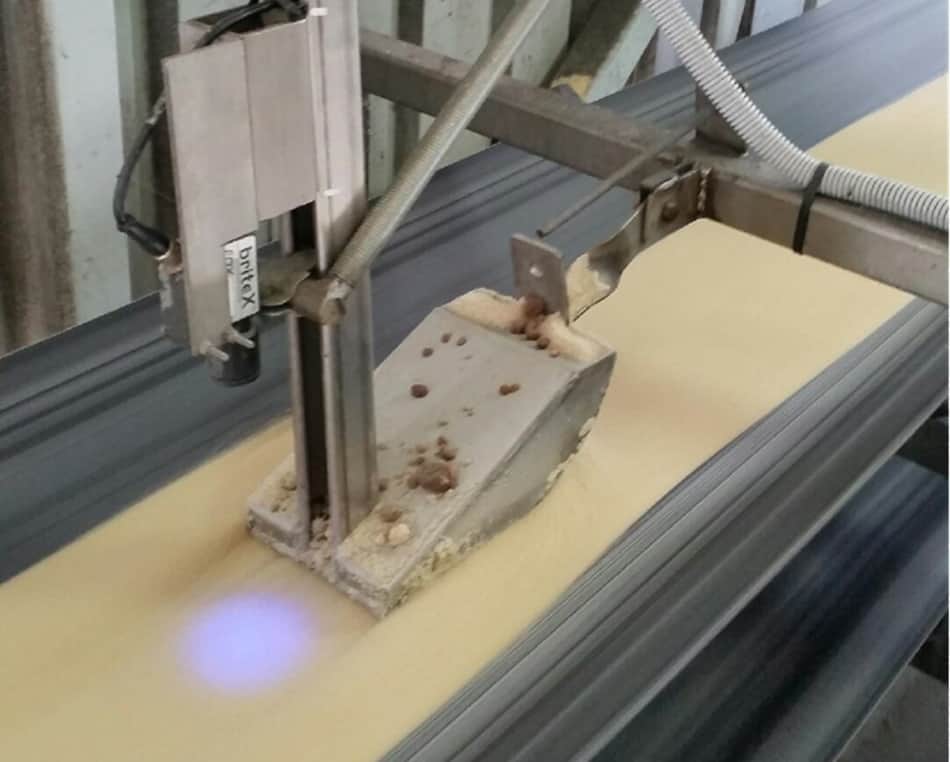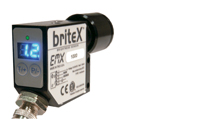|
Companies that process raw and refined sugar know the standards of the INTERNATIONAL COMMISSION FOR UNIFORM METHODS OF SUGAR ANALYSIS (ICUMSA), which regulates the color values for food and sugar. For brown raw sugar and white refined sugar, the ICUMSA scale measures the amount of yellowing that remains in the sugar during the refining process. This information helps you regulate your manufacturing process and ultimately deliver a high-quality product to your customers.
Paper manufacturers must also meet industry-specific brightness standards such as ISO 2470-1, which is used to measure the diffuse blue reflectance of pulp, paper and board. Since the brightness of the paper affects the quality of the images or text printed on it, it's important to know where your material stands in terms of brightness by using a brightness monitoring sensor so you can meet industry standards and measure the performance of your manufacturing process.
These are just a few of the many products and industries where a brightness monitoring sensor plays a key role in maintaining manufacturing efficiency and product quality. Other examples include pulp, gypsum and rice. But what makes an ideal sensor? While the ability to automatically meet industry requirements is attractive, there are other aspects to consider. Below you will learn what to look for in an ideal sensor.
Four characteristics of an ideal brightness sensor
1. COST EFFICIENCY
Sugar production is increasing worldwide, and while the demand for graphic paper (newsprint, printer paper, etc.) is decreasing due to digitalization, the demand for pulp and other papers for numerous new and innovative applications is increasing. With this increased demand comes the need for expanded capacity in production facilities, and with that comes increased pressure to continue to deliver quality while maintaining costs.
As an important part of sugar and paper production, incorporating brightness monitoring sensors into your process is a given. However, the investment required can vary greatly depending on the manufacturer. To keep up with increasing production, you now need a brightness sensor that can help you measure the brightness of your products - without the higher costs of other sensor solutions. This will ensure that you are able to quickly update your inline manufacturing process to get the information you need and achieve a faster ROI.
2. SIMPLE INTEGRATION
Your manufacturing process and equipment layout are unique to your plant and your business. It is critical that the brightness sensor you choose integrates quickly and easily into this environment. Distance is an important consideration. Therefore, you should choose a solution that is flexible in terms of distance from the scanned product so that you can deploy the sensor more quickly without having to make additional changes (which can result in costly equipment downtime).
3. SIMPLE ADJUSTMENT
To ensure that your brightness sensing application provides accurate readings and achieves its goal of improving manufacturing quality and efficiency, you will likely use more than one sensor. However, due to the natural changes in light in a plant and variability between products, multiple sensors can provide different readings. To solve this problem, you need a brightness monitoring sensor that allows adjustments in several key areas, such as sensitivity, light source intensity and gain selection.
If you can quickly and easily adjust these important aspects of a brightness monitoring sensor, you can configure the sensors to provide values that are as identical as possible. The result is more accurate data output throughout the production process, allowing control systems to track brightness information more accurately. This also helps minimize quality variation, reduce operating costs, and eliminate more manual processes overall.
4. EXACT CORRELATION
If you don't want to invest in more expensive solutions that are already set to sample the thresholds required for ICUMSA and ISO compliance, it's important to choose a brightness monitoring sensor that allows you to manually configure and accurately correlate it. With our BRITEX sensor from EMX, you can detect light changes by measuring a sample with a known IU value and comparing it to the IU value of the ideal product output.
Using sugar as an example, as the material is scanned and its color varies, the voltage setting in the sensor increases or decreases, allowing a control system to detect the change between the two IUs. The discrete output of the BriteX sensor provides an easy-to-understand way to tell if the scanned material is above or below the correct threshold.
BRITEX IS A SIMPLE BUT EFFECTIVE SOLUTION FOR BRIGHTNESS DETECTION
The BRITEX series of brightness sensors from EMX Industries, Inc. is a cost-effective and durable solution for numerous industries that require reliable brightness detection. Three model options are available depending on application needs: the BRITEX-100 for small measurement spots, the BRITEX-1000P for process control of paper and textile-based applications, and the BRITEX-1000S for reflectance measurements of raw and refined sugars.
This advanced sensor features 99 levels of relative brightness scale on a high-resolution analog output that allows you to correlate readings to the appropriate ICUMSA or ISO ratings. With a sensing range of up to 1000 mm, BriteX Series sensors integrate seamlessly into your production environment at a fraction of the cost of other manufacturers' brightness sensors.
|




